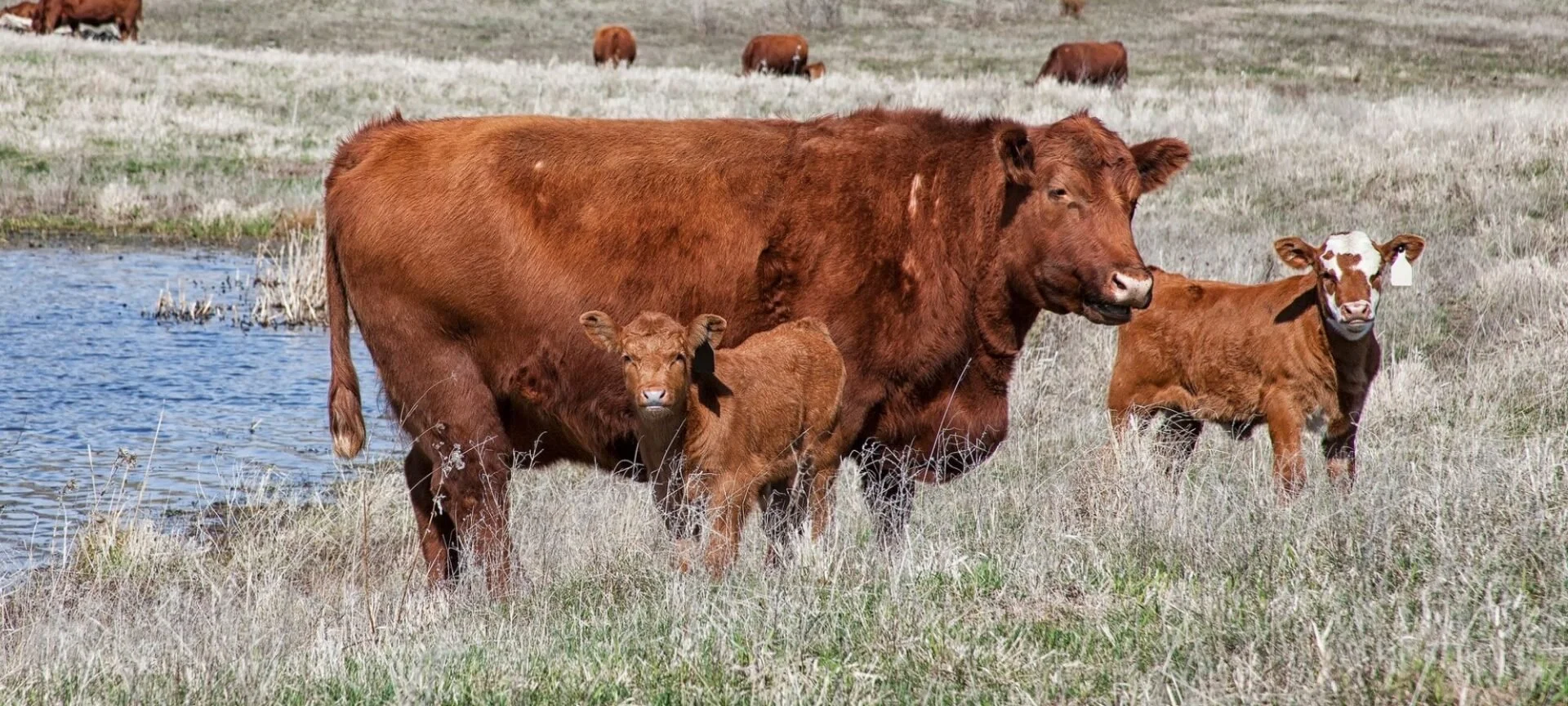Grass-Fed Beef Facts: Breaking Misconceptions
Discover > Farm to Table Eating in Texas > Grass-Fed Beef Facts: Breaking Misconceptions
Grass-fed beef (how long does beef last?) is a topic that’s spiking in popularity around US kitchen tables, particularly in Texas, America’s cattle production capital. Grass or grain is the question of the hour, leaving many consumers baffled by a slew of common misconceptions about grass-raised American beef. Today, we shall attempt to clear grass fed beef facts, The air surrounding the pros and cons of modern grass-fed cattle.
Myth #1: Grass-fed Meat is Tough
One of the most rampant misconceptions about grass-fed beef is that it’s doomed to a tough texture. While grass-fed meat does sport less fatty “marbling” than that produced from conventionally raised cattle, fat content has little to no effect on the juicy tenderness of a cut of grass-fed beef. When prepared correctly, pasture-raised steak often boasts even more flavor than its corn-fed, grocery store counterpart, while maintaining that melt-in-your-mouth texture we all crave.
Myth #2: Grass-fed Beef is Difficult to Prepare
The idea that grass-fed beef requires unparalleled skill to prepare is rooted in one simple error — overcooking the meat. As with any cut of beef, grass-fed meat should be carefully prepared at the correct temperature to enhance its juicy flavor and tender texture. When cattle are fed a grass-fed diet, their meat is much leaner, requiring only a medium doneness to be ready for the plate. The more time left on the grill, the higher the risk of a dried-out burger or steak.
Myth #3: Grass-fed = Gamey
Ultimately, this one comes down to a matter of taste. However, frequently in blind taste tests, many find it difficult to pin down a noticeable difference. Grass-fed beef tends to have a meatier, richer flavor, but for many connoisseurs, that’s the point. According to Chef Dan Barber, author of The Third Plate:
“Grain-fed beef is stripped of any sense of place. Of course, there’s still variation—based on the breed, aging process—but for the most part, a grain-fed steak tastes the same whether it’s raised in New York or New Mexico. Grass-fed beef tastes different based on the pasture where the cattle were eating, which means it varies by farm and even time of the year.”
Myth #4: Grass-fed Beef is Inaccessible
Sadly, food deserts are an undeniable issue throughout America. From low-income urban communities to rural, isolated regions, many consumers struggle to find access to healthy, affordable food. Local farmers’ markets are an excellent solution when available, offering fresh grass-fed beef from small-scale local producers. Here in Texas, several family farms offer home delivery for grass-fed beef and other sustainably raised products, straight to your front door.
Do you know some Grass-fed beef facts or other myths surrounding it? Let us know in the comments.
Looking for farms around Austin to pick up your grass-fed beef? Check out these 7 Farms to Pick Up Grass-Fed Beef in Austin.
Looking for fresh, grass-fed meat delivery in Texas? Click here!
For your Ultimate Raw Milk Resource Guide, click here.
Would you like to learn how to cook steakhouse quality steak? Learn by clicking here.
Here are some Ultimate Guide to Texas BBQ tips and tricks.
For more interesting BBQ Myths, click here.




